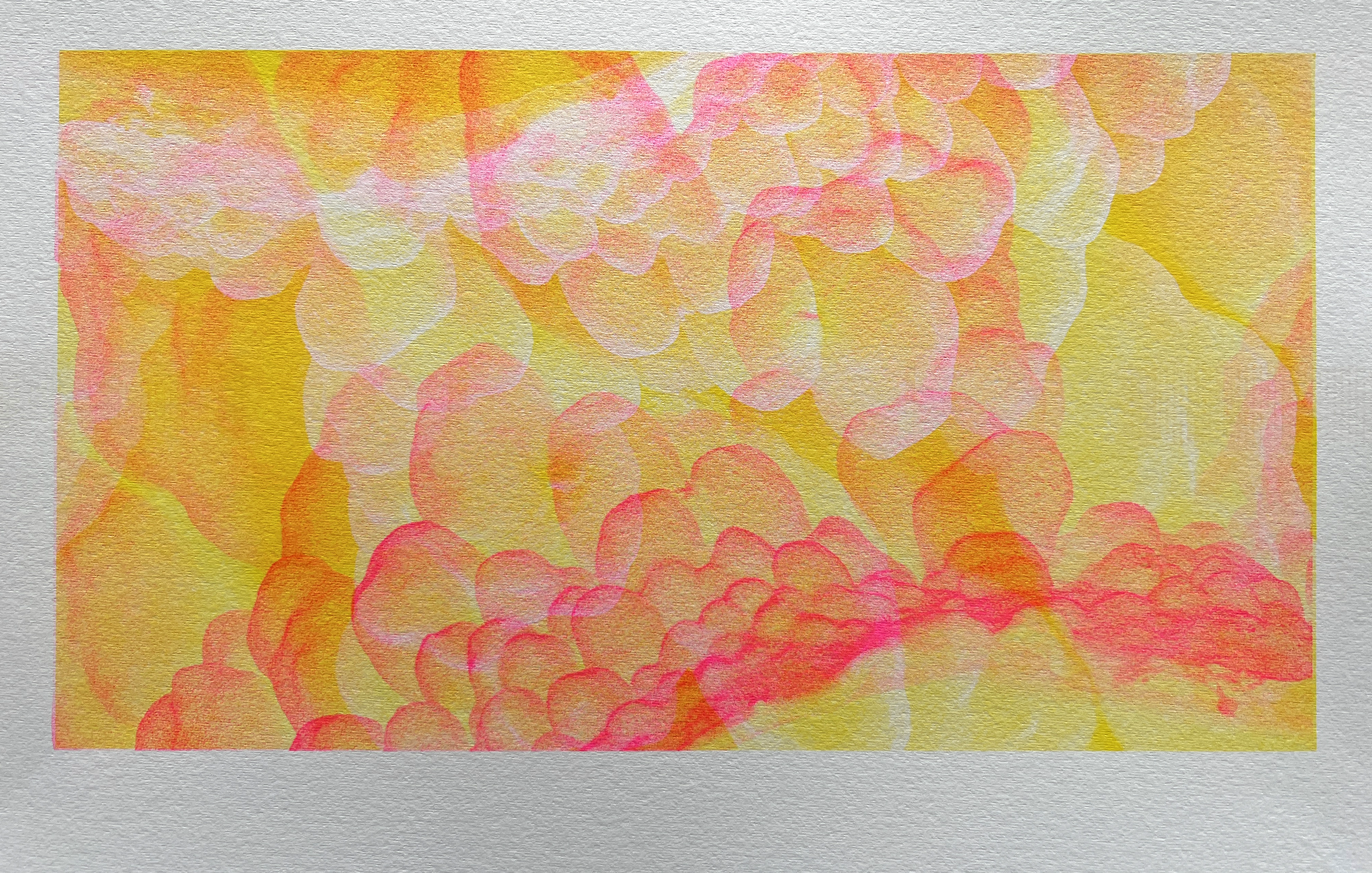The Sugarcane Novel: Questions of Genre and Region
Abstract
Cheryl Taylor and Elizabeth Perkins (2007) describe the novels of John Naish as either "sugar country" or "canefields" novels. More recently, contributors to Georgic Literature and the Environment: Working Land, Reworking Genre (2023) have examined farming literature to further understandings of "the georgic" as either a genre or a mode. This article builds on this work by examining the implications of establishing a genre of "the sugarcane novel" and mode of "sugarcane literature." Using John Frow’s Genre (2006) as a guide, I argue for the sugarcane plant rather than humans and land as the core determinant of these. This allows the inclusion of texts with urban settings, such as Ronald McKie’s The Crushing (1977), and thus offers a way of curating a collection of works to enable richer understandings of the social and environmental influences of sugarcane than by considering only those set on farms. Given that sugarcane grows in and symbolises distinct geographical regions, I also explore the boundaries, interplay and entanglement of genre and region and move away from an anthropocentric conception of region as marginal. I argue that region is locationally and temporally mutable according to perspective and circumstance, and that regional literature can be entirely disconnected from the tangible properties of a geographical region.
Downloads
Published
Issue
Section
License
The copyright for articles in this journal is retained by the author(s), with first publication rights granted to the journal. By virtue of their appearance in this open access journal, articles are free to use with proper attribution in educational and other non-commercial sectors.Attribution-NonCommercial-ShareAlike 2.1 Australia
This work is licensed under the Creative Commons Attribution-NonCommercial-ShareAlike 2.1 Australia License. To view a copy of this license, visit http://creativecommons.org/licenses/by-nc-sa/2.1/au/ or send a letter to Creative Commons, 543 Howard Street, 5th Floor, San Francisco, California, 94105, USA.

